How water scarcity is rewriting the American West
The Colorado River is shrinking. Now farmers, First Nations people and the region’s diverse wildlife are racing to stay ahead of water scarcity.
The Colorado River rises in the Rocky Mountains before winding through seven states, providing water for 40 million people, 5 million acres of farmland and the cities of Los Angeles, Las Vegas and Denver. It’s the lifeblood of the American West, but now the river is at a tipping point.
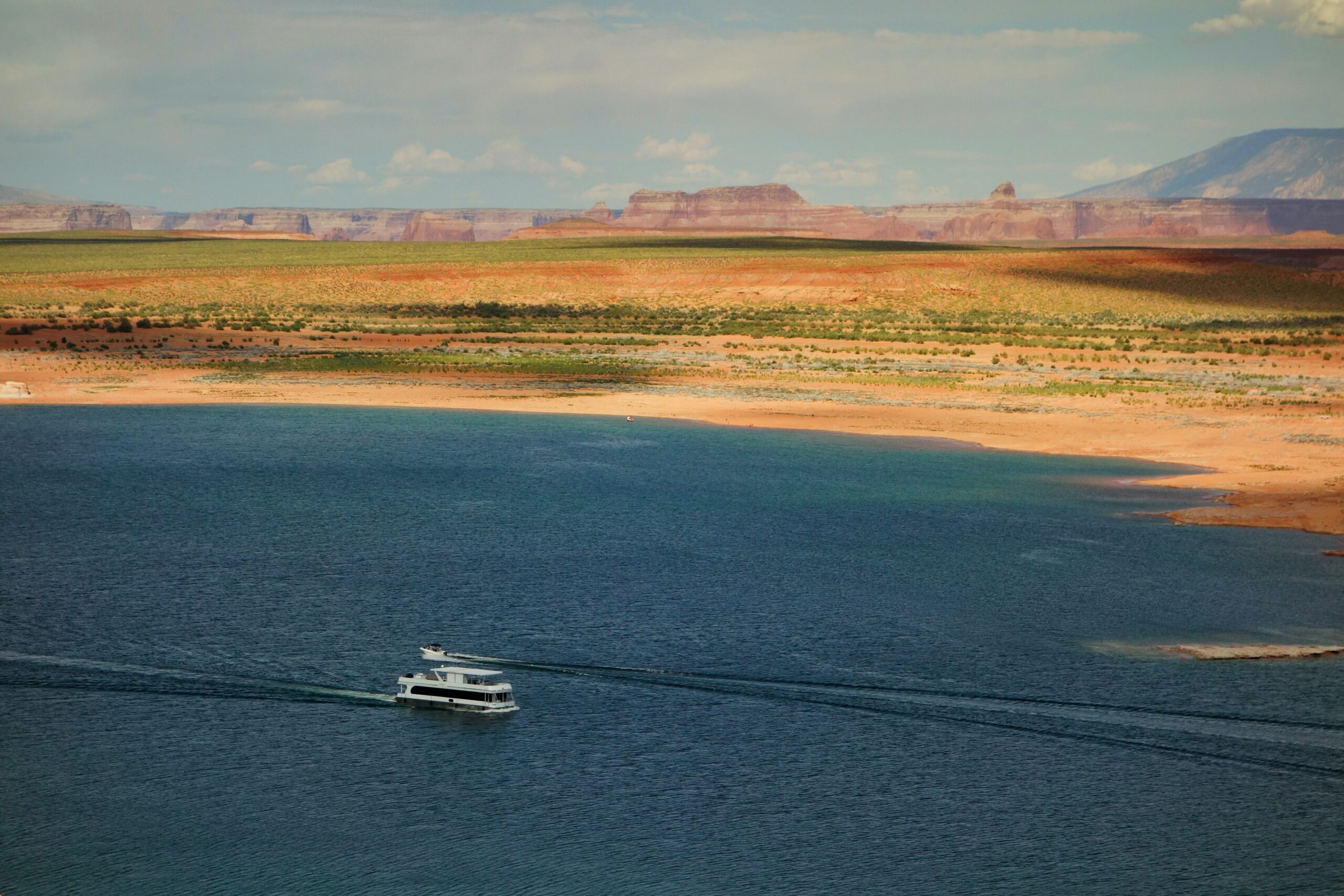
Rising temperatures, unpredictable snow melt and a 22-year-long drought is causing river levels to drop, and what’s left can’t meet the demands of desert cities, agriculture and industry. It doesn’t help that the policies which govern how the river’s water is allocated were created in 1922, during an unseasonably wet era, overestimating true capacity.
Lake Powell and Lake Mead have now dropped to 33% of their full capacity, their lowest levels since being built to store the region’s water. In 2021 there was another first: officials declared a water shortage, triggering mandatory water cuts. The latest research suggests that the Western U.S and northern Mexico are experiencing their driest period in at least 1,200 years.
Farmers face hard choices
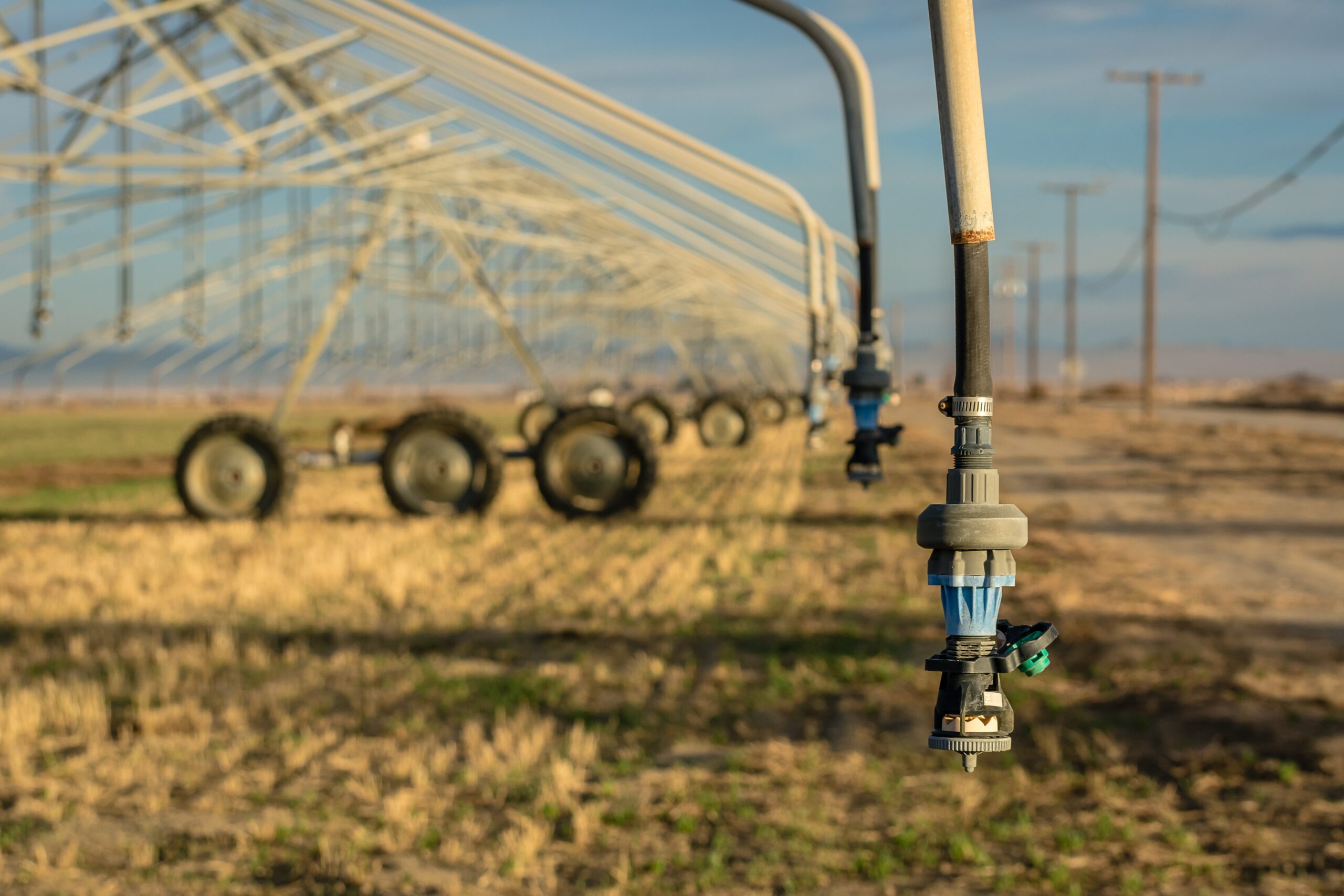
Arizona draws more than a third of its water from the Colorado River, most of it (70%) for agriculture. In 2022 the state’s allocation will drop by 20%, hitting farmers hard.
The Central Arizona Project (CAP), a 336-mile diversion canal, has been channelling river water to farms across the state since the 1990s. In fact, CAP was the solution to an earlier sustainability issue: farmers’ exploitation of groundwater. Losing CAP access leaves farmers with land they can’t irrigate, and which can’t sustain them as a result.
A Tier 1 shortage (the first round of water cuts) could trigger crop sale losses of USD $66million in Pinal County alone. Some damage has already been done: for example, in 2021, the Ute Mountain Farm laid off half its staff after production plummeted. But with new research suggesting there’s a 75% chance the drought will last until 2030, the impact on agriculture could be devastating.
Farmers are using technology to consume less water, including laser-levelled fields, drones and drip irrigation, but whether this will conserve enough water remains to be seen. The bigger concern is that farmers will turn back to aquifers, exacerbating the lack of water above ground with dwindling resources below it.
The tribes living with water inequality
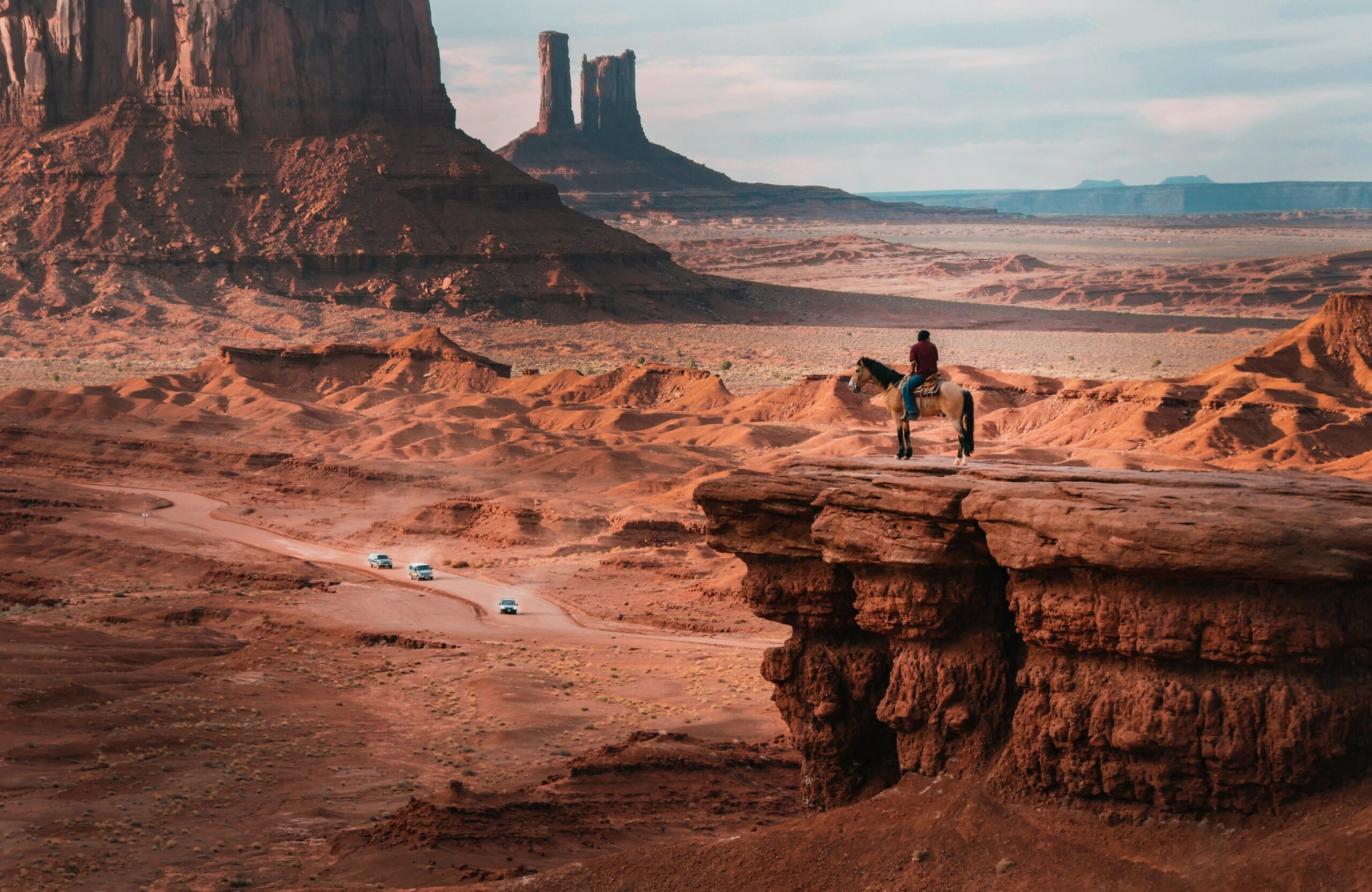
The 30 sovereign indigenous tribes of the Colorado River basin include the Ute Mountain Ute Tribe and Navajo Nation. As farmers and farm workers, they face the same pressures from dwindling water supplies as the rest of the agricultural network, yet they’re grappling with additional and complex issues.
Almost half of Tribal homes lack safe, clean and reliable water, while Navajo residents are 67 times more likely to live without access to running water than other Americans. Despite such stark insecurity, tribes are key to the success of the region’s drought contingency plans.
The Colorado River Tribes will store 150,000 acre-feet in Lake Mead over three years (accrued in part by a reduction in farming) in return for $38 million, largely via state funding. This is a question of economic necessity as much as conservation, with the income earmarked to create or improve water infrastructure.
In the immediate term, the tribes’ main response is to gain a say in water access decisions, seeing it as a crucial measure in achieving water security and economic parity.
Wildlife and beyond
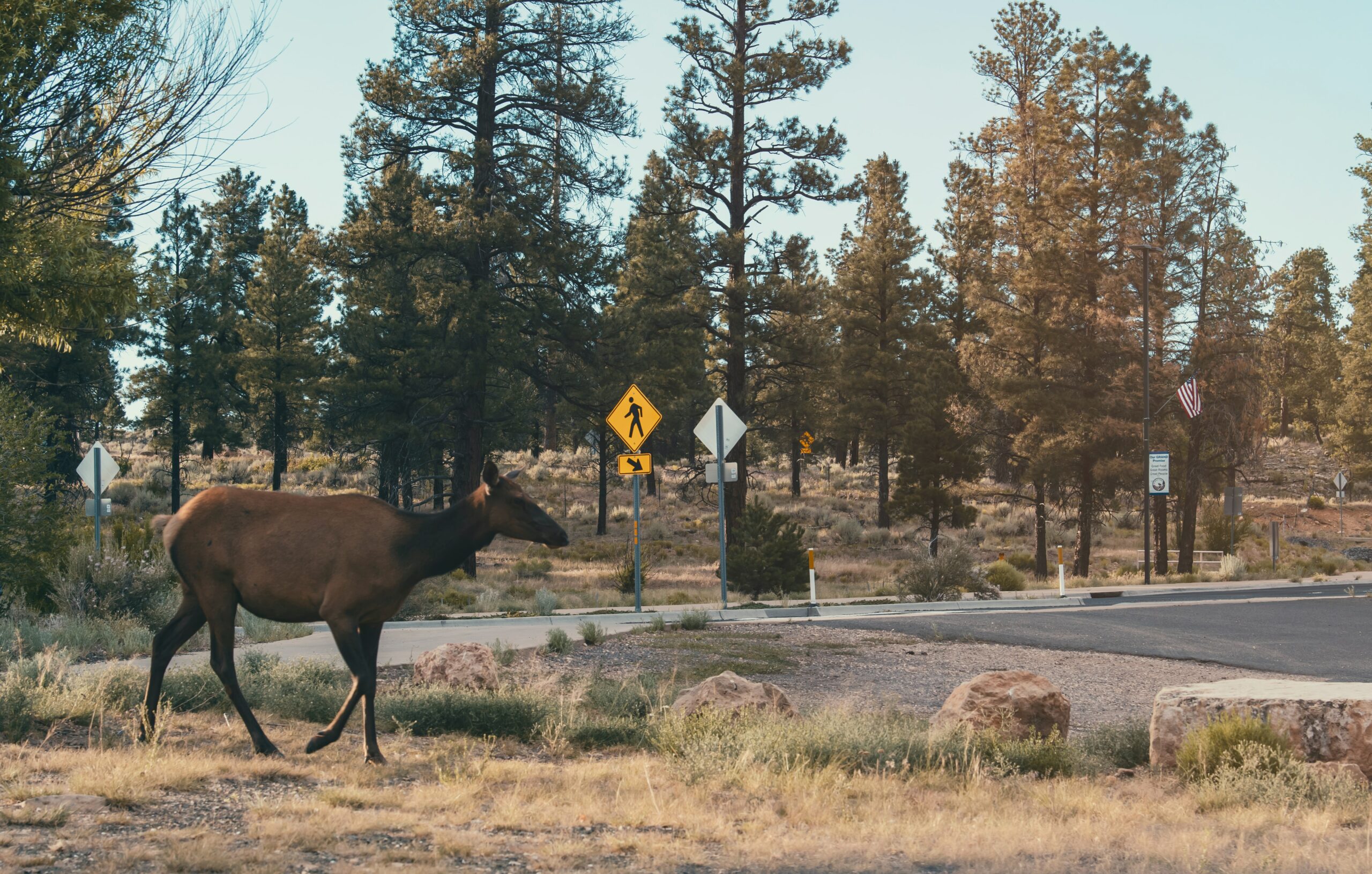
Drought doesn’t just affect human communities; the basin’s wildlife is also resting on a knife edge.
The severity of repeated drought years across the West since 2010 has meant over 147 million trees have died in California alone. And with 18 of California’s 20 largest recorded wildfires having taken place in the last 10 years, a ‘new normal’ is beginning to shape these regions.
Water scarcity also means a reduction in food and habitat availability, affecting population stability. Drought dictates which species thrive, sometimes with dire consequences for ecosystems.
For instance, rising temperatures allow pine beetles to thrive at higher elevations. The damage they cause leaves trees more susceptible to forest fire, a danger exacerbated by parched landscapes.
In Arizona, helicopter teams have been drafted in to airlift water to remote animal watering holes (at a cost of $1,800 hour). Denver has implemented hunting and fishing restrictions, while in California juvenile salmon are hitch-hiking to the ocean in hatchery trucks.
When less water means dwindling power
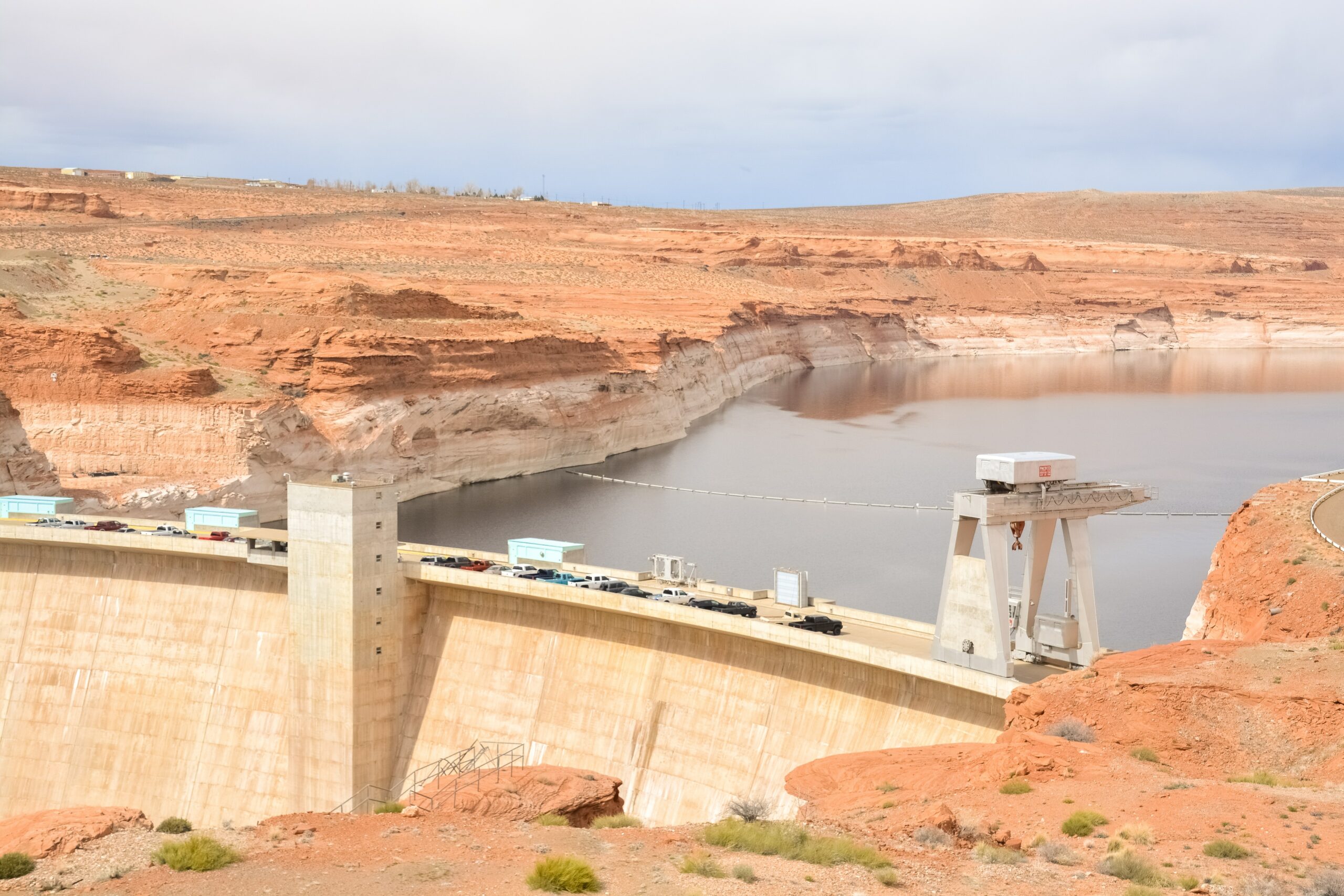
The unprecedented drop in water levels in the river and the lakes has revealed the multiple users which all rely in some way on these waterways.
Among them are the utility companies which manage the region’s hydropower electricity production – California alone accounts for 13% of the United States’ hydro capacity. Federal authorities say the Colorado Basin’s 22-year drought period has led to a decline of 13% in power generation.
In the summer of 2021, water at Lake Powell fell to 3,554 feet – its lowest level on record. That’s dangerously close to the minimum needed to produce hydropower at the Glen Canyon Dam, which supplies power to nearly 6 million people. The local electricity distributor was forced to buy extra power, and has warned that costs will increase by 35%.
The dam’s more famous cousin, the Hoover Dam, is also alarmingly close to being unable to generate power in 2022 because of the lack of water. The Department of the Interior warns that would result in the loss of millions of dollars in revenue which currently fund programmes to protect endangered species and control salinity.
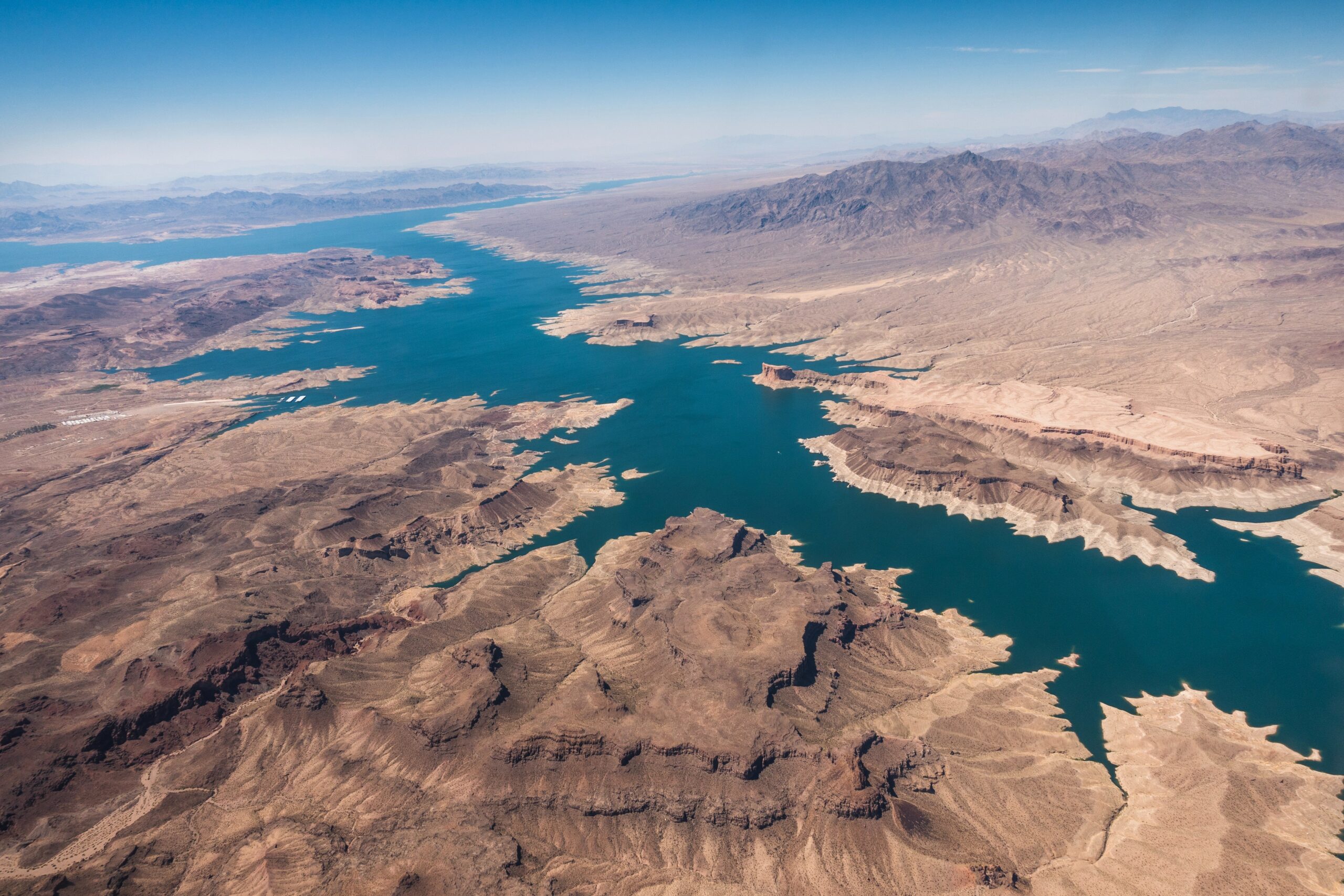
Following 2021’s record-breaking drought, in December an agreement was signed between water agencies in Arizona, Nevada, and California, along with the federal government. The ‘500+’ plan saw them all commit funding to supplement water levels in Lake Mead by 500,000 acre-feet both this year and in 2023 – enough water to serve around 1.5 million households.
With so many different groups and competing values associated with water in the Colorado basin, collaboration and partnership will be essential to find multiple solutions to this complex challenge.